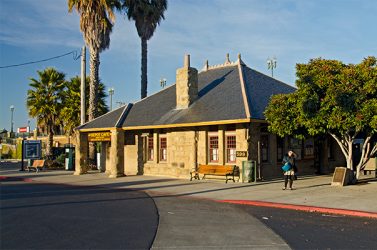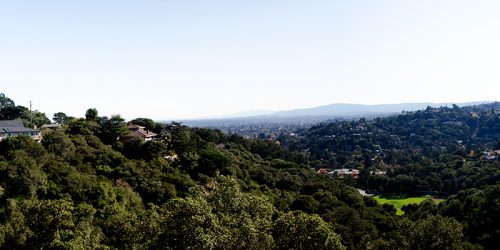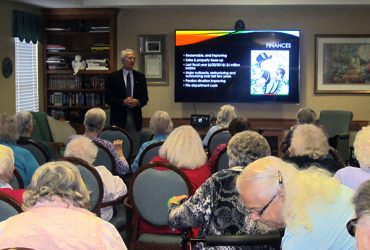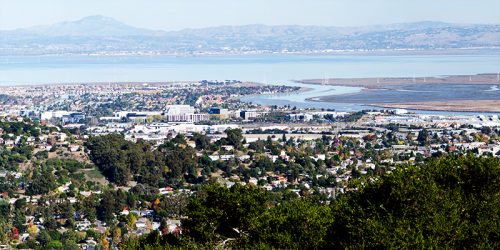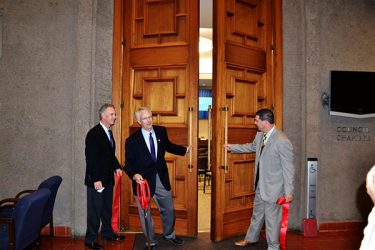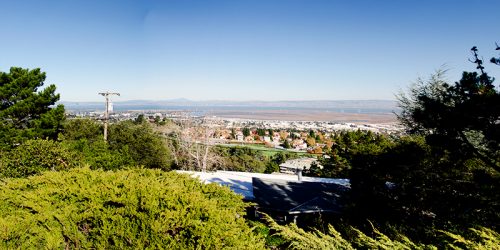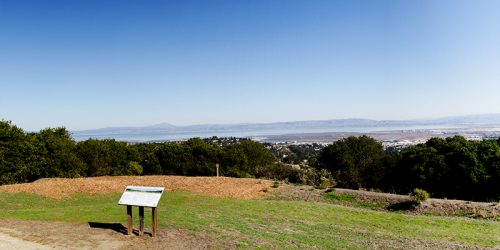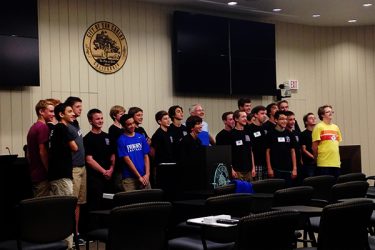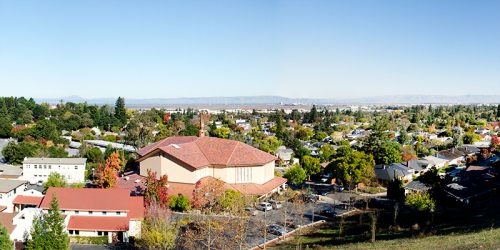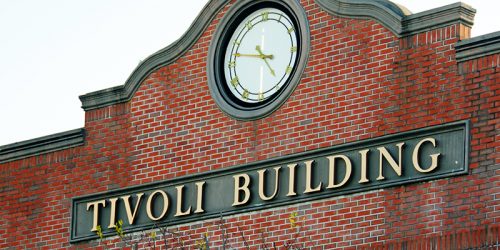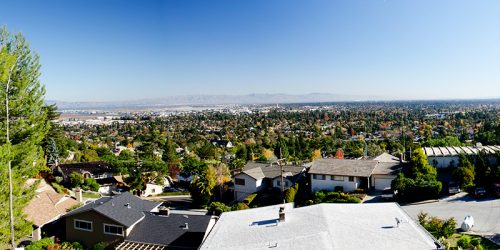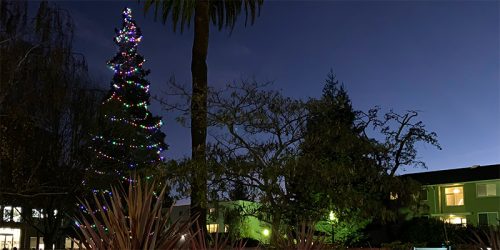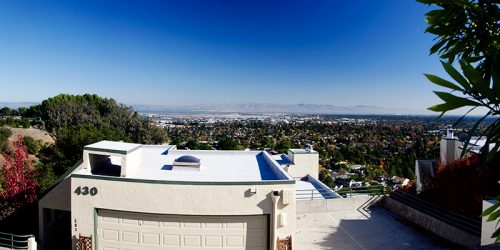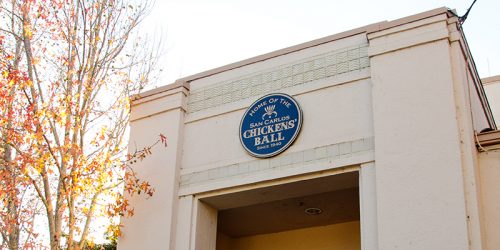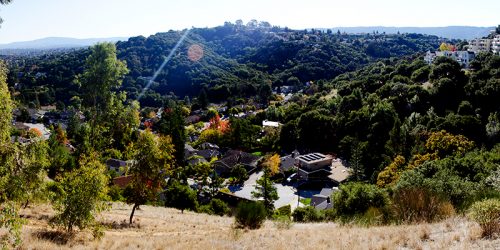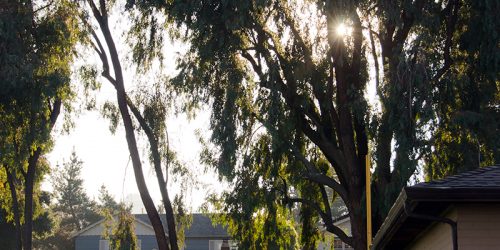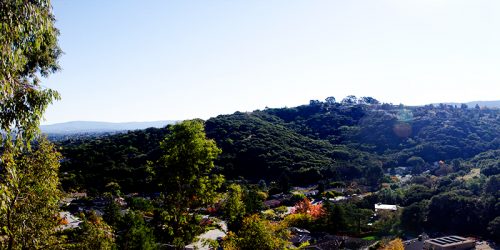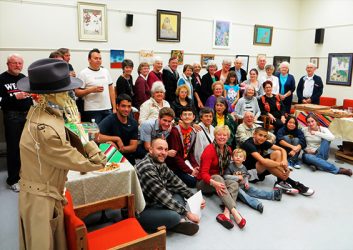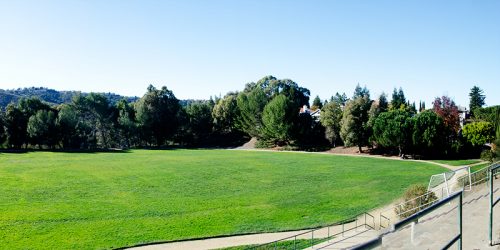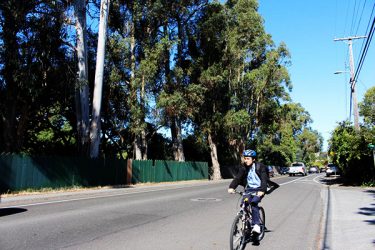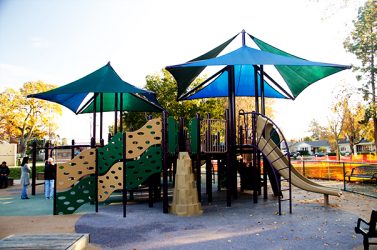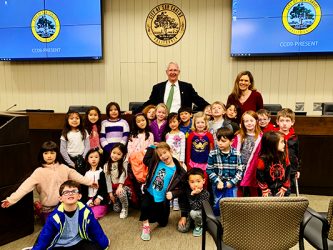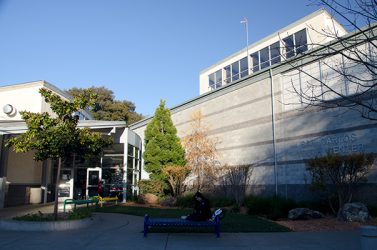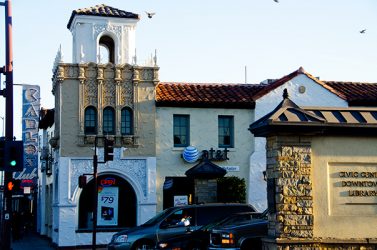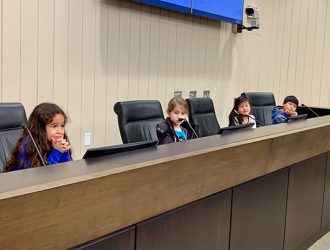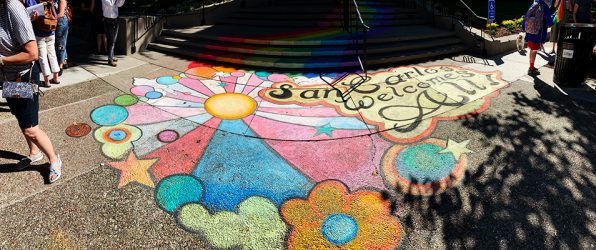What would you do with $38,000,000?
It’s a question we’d probably all like to face. Now, I can’t offer that princely sum to you as an individual…but it’s a very relevant question for every resident of the City of San Carlos.
Because, you see, that’s roughly how much the City has in financial reserves. And I’m willing to bet few San Carlans have any idea there’s that much money in their community “bank”.
I say this because I regularly speak to community groups, during which I always touch on the city’s finances. After sharing a rough idea on how much it costs to operate San Carlos – about $36.5 million for the year ending June 30, 2017 — I ask the audience two questions. How would they describe San Carlos’ overall financial situation? And how much money do they think it has in reserves? The answers I always get are “not too good” and “maybe a couple of million dollars”.
That’s not surprising. Up thru 2009, our budget discussions typically focused on how costs were growing faster than revenues. That culminated in a major restructuring of the city’s operations, outsourcing our police department to the County Sheriff’s office, our fire department, ultimately, to Redwood City, and a number of other functions as well.
The restructuring worked, big time. You can easily spot when it occurred in this chart (which I am in the process of updating to reflect the last couple of years of surpluses):

It’s worth noting two things here: city finances began improving dramatically as soon as the outsourcing took place, even though we were still in the midst of the Great Recession. That’s a testament, I think, to how desirable San Carlos is as a community, and how relatively stable our revenue sources — chiefly property taxes and sales taxes — are.
Just as important, there never was a time when the city dipped into its reserves. In other words, staff and the Council fulfilled their fiscal responsibility to the community: they made the city change course before a growing fiscal challenge became a real problem.
That $38,000,000 San Carlos has today is almost 10 times as high as what the most optimistic community members I’ve talked to think we have (one caveat: I’m including $6,000,000 PG&E agreed to pay because of their mishandling of Line 147, but we haven’t received that money yet).
Why Is This News to San Carlos Residents?
While the size of our reserves is public information, it’s generally presented in a way that makes it difficult to appreciate. For one thing, it’s broken down into a bunch of categories:
| Committed | ||
| Economic Uncertainty | 4,440,000 | |
| Strategic Property Acquisition/PG&E Settlement | 7,691,795 | |
| Assigned | ||
| Economic Uncertainty | 1,500,000 | |
| Unfunded Liabilities | 7,750,000 | |
| Facility/Infrastructure | 7,591,500 | |
| Unassigned | 2,698,673 | |
| Nonspendable | 380,712 | |
| PGE Line 147 Settlement | ||
| Affordable Housing | 1,000,000 | |
| Community Philanthropy | 2,000,000 | |
| Rebuild Holly-101 Interchange | 3,000,000 | |
| 38,052,680 |
Seeing it shown this way, the average person might reasonably conclude most of this money is outside the Council’s control. It’s committed or assigned.
But let’s look at the funds from the point of view as to what the Council could decide to spend, today, based on a simple majority vote:
| Spendable Wherever 3 or More Members of the City Council Decide to Spend It | 37,671,968 |
| Nonspendable | 380,712 |
| 38,052,680 |
That’s a dramatically different picture. The reason for the difference? Almost all of those commitments or assignments in the first schedule were made by the Council itself. What the Council has done, the Council can undo.
By the way, a good portion of the commitments and assignments were made by Jeff Maltbie, our city manager. How? Because the Council delegated a fair bit of authority to decide where surpluses are stored to him. Interestingly, you’d be hard-pressed to find, in the Council minutes, any decision as to where our surpluses should go. We almost always simply approve what the city manager has recommended, generally without any comment.
Allocations made by the city manager can be overruled by the Council, of course. But the way we do things inadvertently limits the public’s ability to understand what our finances look like, let alone weigh in on what to do with any surpluses.
Now, in my opinion, San Carlos shouldn’t spend every dollar we have available today. The future is uncertain, after all. For one thing, it’s unlikely the economic boom of the last few years will continue indefinitely. When the next recession hits, it’d be helpful to have a cushion. The city also faces other financial risks, chief among them an uncertain pension liability.
But, after researching the public pension situation in depth, my sense is it isn’t as bad as most people believe it to be. Moreover, it has two under-appreciated characteristics: it plays out over decades; and it involves the entire state of California. An individual community putting aside a ton of money, today, for that long-term liability would sacrifice a potentially higher quality of life for years, instead of just paying the bills as we go –which we always do — …and, to the extent the problem ends up being solved completely or partially on a state-wide level, find it put money aside for no little or no reason.
Your Opportunity, Should You Decide to Accept It
Why is all this timely? Because the Council will shortly be starting its biannual budget process, making it a great time for San Carlans to weigh in on how they think all this money should be spent.
So here’s a suggestion: think about how much money you want the community to hold onto for a rainy day…and think about what else could be done by the city to improve our quality of life. And then let the Council know your thoughts.
Because, as Jeff Maltbie, our city manager said at our recent strategic planning meeting, “We face financial uncertainties, liabilities and risks. But we have enough reserves that we shouldn’t shy away from thinking about what we should do to make San Carlos a better place.”
